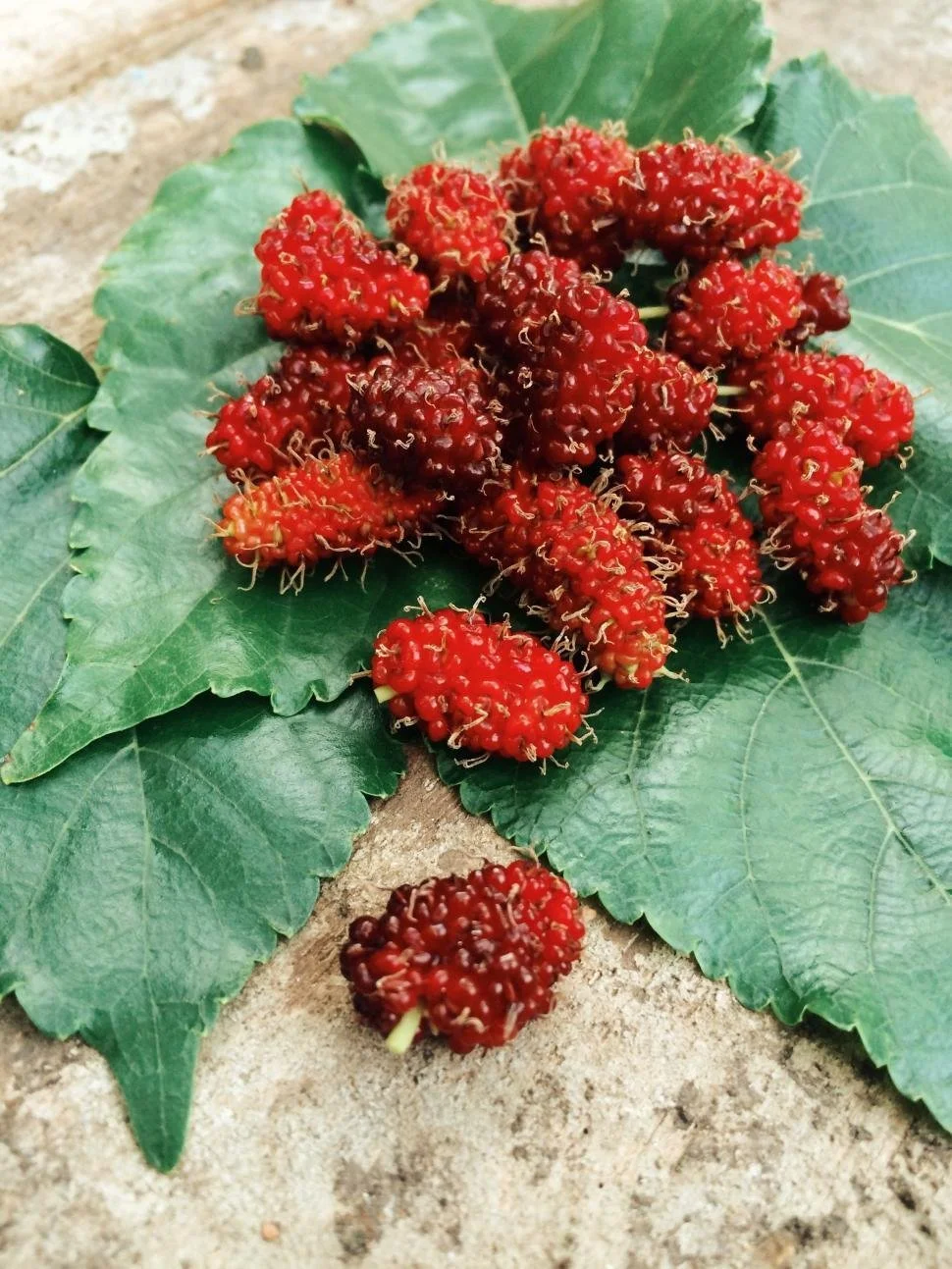Red Mulberry: A Sweet Addition to Florida’s Trails and Yards
Written by Take MAR
Facts:
The Red Mulberry (Morus rubra), also known as American Mulberry, is a native deciduous tree found across eastern and central North America, including every region of Florida. It typically grows between 30 and 70 feet tall with a canopy spread of 30 to 50 feet, making it a beautiful and functional choice for shade. Its spring flowers appear as small greenish-yellow catkins, which are not particularly showy but serve an important ecological role. In late spring to early summer, the tree produces dark purple to black berries that are sweet and edible, attracting a wide range of wildlife such as birds, squirrels, raccoons, deer, and even pollinators.
How to Plant:
Red Mulberries do best when planted in the late fall or early spring, during their dormant season. Select a location that receives full sun to partial shade with well-draining soil. These trees are quite adaptable to various soil types, including the sandy and loamy soils commonly found in Florida. Dig a hole that is twice as wide as the tree’s root ball and just as deep. Before planting, gently loosen the roots. Set the tree into the hole with the root flare slightly above ground level, then backfill using the native soil. Once planted, water the tree thoroughly and apply a 2 to 3 inch layer of mulch around the base, being careful to keep the mulch from directly touching the trunk.
Maintenance
During the first one to two years after planting, Red Mulberries benefit from regular deep watering to help them establish strong roots. Once established, they become moderately drought-tolerant. Prune the tree in late winter to remove any dead or crossing branches and to maintain good airflow within the canopy. Keep in mind that while the fruit is delicious, it can cause staining when it falls, so it’s best to avoid planting Red Mulberries near patios, sidewalks, or other high-traffic areas. Though generally resilient, the tree may occasionally face issues with pests such as whiteflies or scale, and fungal leaf spots can occur in humid conditions.
Ecological Importance
Ecologically, Red Mulberry is a keystone species in many southeastern ecosystems. The berries provide critical nourishment for more than 40 species of birds and a variety of mammals. The wide canopy offers excellent nesting and shelter opportunities, while the roots stabilize soil and reduce erosion. By planting this native tree, you’re directly supporting biodiversity and contributing to a more resilient and regenerative environment.
Take MAR in Action
We’re excited to share that Red Mulberry trees have already been planted along parts of the Pinellas Trail through our native tree planting efforts. Keep an eye out for them as they grow and begin to offer shade, food, and beauty to trail users and wildlife alike!
Want to get your hands in the soil? Join us for one of our upcoming tree planting events and help us build a greener, cooler, and more vibrant Florida!
Follow Take MAR for the latest news on event dates and volunteer opportunities!
References:
Lady Bird Johnson Wildflower Center. (n.d.). Morus rubra. Native Plant Database. https://www.wildflower.org/
University of Florida IFAS Extension. (n.d.). Morus rubra: Red Mulberry. https://edis.ifas.ufl.edu/
USDA Plant Guide. (n.d.). Morus rubra L. https://plants.usda.gov/


